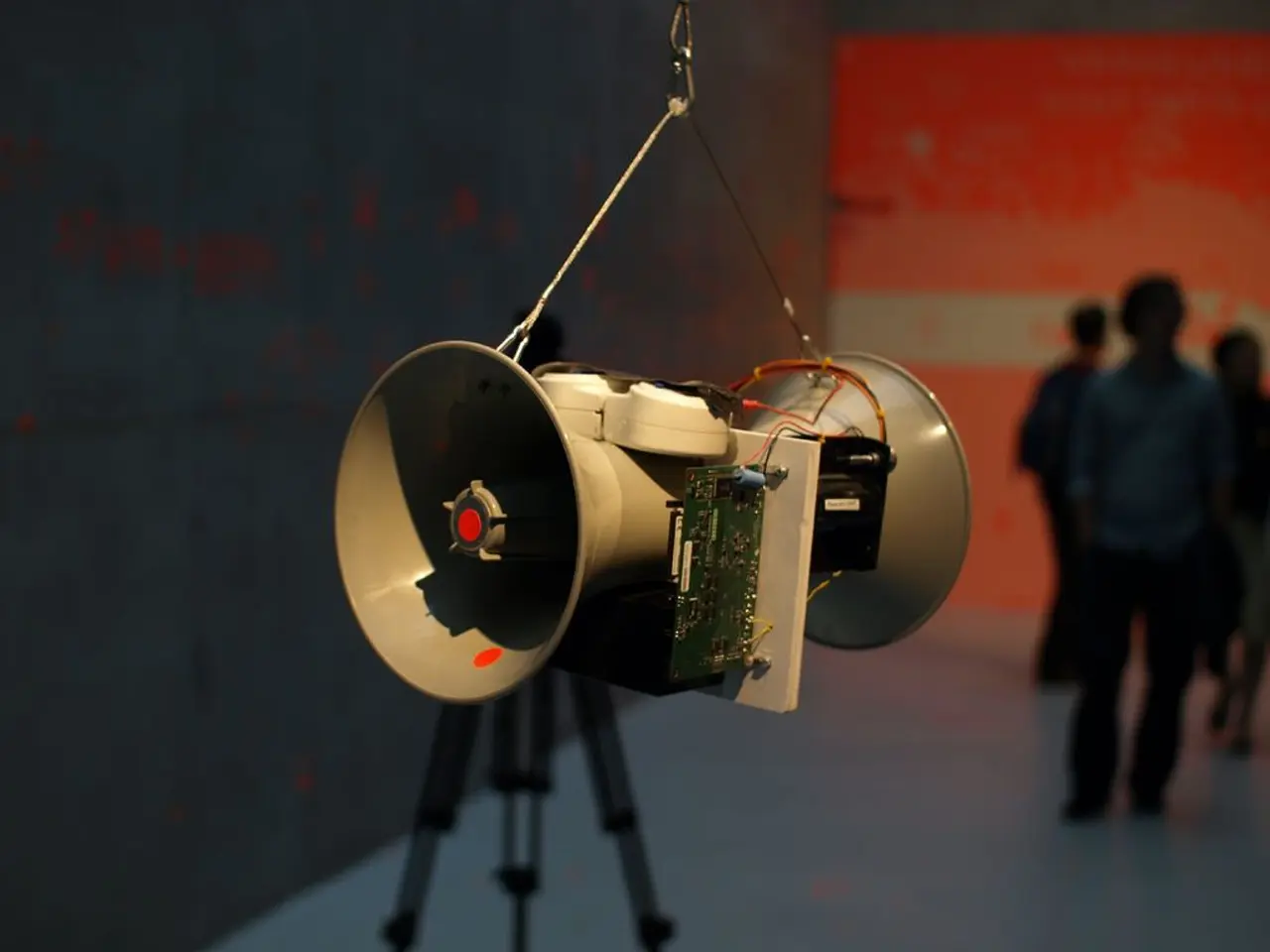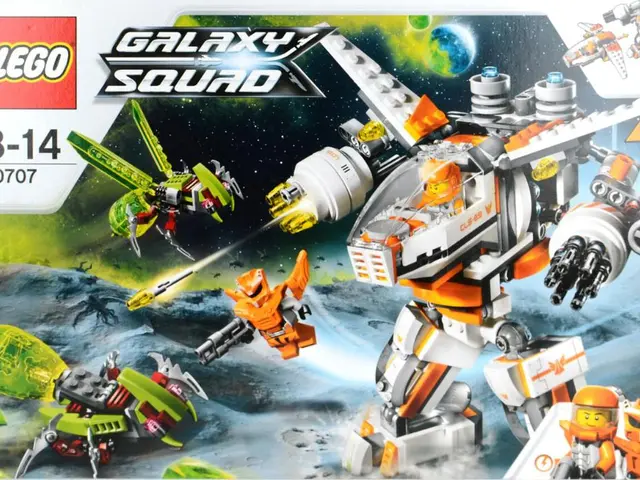Struggling with Speaker Connection Issues? Essential Information to Help You Out
When encountering persistent connection problems with your Bluetooth speakers or wired connections, there are several factors to consider.
For Bluetooth speakers, ensuring that Bluetooth is enabled on both the speaker and the device to be paired is essential. Putting the speaker in pairing mode—usually indicated by a blinking LED—is also crucial for a successful connection. If you're experiencing difficulties, try resetting the speaker by holding the reset button or Bluetooth button to clear previous pairings and refresh the connection.
Checking permissions and app data related to Bluetooth on the device, clearing cache or resetting Bluetooth settings, can help resolve issues. Verifying volume settings are not muted or set too low on either the transmitter device or the speaker is also important. Deleting unnecessary devices from the Bluetooth device list can avoid exceeding the maximum stored connections.
Avoiding interference from physical obstructions, metal shielding, microwaves, WiFi routers, cordless phones, or aquariums can significantly improve Bluetooth range and signal. Keeping devices within about 10 meters of each other ensures stable connectivity. Updating firmware/software on both the speaker and source device can improve compatibility and fix bugs. Disabling conflicting features such as HDMI control on TVs can prevent automatic audio output switching that causes disconnections. Checking Bluetooth versions and profiles compatibility can also help resolve connection failures or degraded audio.
When dealing with wired connections, confirming that cables are properly connected and not damaged is vital. Verifying the correct input/output ports are selected on both the audio source and speaker is also essential. Checking device audio settings to ensure wired output is enabled and not muted is important. Ensuring drivers or firmware for wired audio interfaces are up to date, if applicable, can help resolve issues. Inspecting for physical faults such as frayed cables or loose connectors is also necessary.
Persistent error messages on your device that you cannot clear may indicate a need for professional help. Significant hardware issues such as non-functioning buttons or ports may require professional assessment or repairs. Cable quality can also affect wired connections. An unresponsive speaker when attempting to power on or perform basic functions may require professional help as well.
Addressing these factors systematically can resolve most connection difficulties. Moving away from crowded spaces or turning off other devices temporarily can help resolve Bluetooth connection issues. Bluetooth range is typically about 30 feet (10 meters). Checking for updates available for either your speaker or the device attempting to connect can help improve compatibility. Many speakers have a reset option that restores factory settings, and clearing old connections can help resolve issues. Incompatible audio formats can prevent a successful connection between a speaker and a device. Port functionality is crucial for wired connections.
Inspect your speaker cables for frays or breaks, and ensure that they're securely connected at both the speaker and audio source ends. Compatibility issues between devices can cause connectivity problems, so it's essential to ensure both devices are compatible before attempting to connect. Connecting multiple speakers simultaneously is possible, but the method varies based on the type of speakers you're using. Most modern speakers connect via Bluetooth or wired connections.
Sound quality can be affected by upgrading the firmware/software on smart-home-devices and gadgets like Bluetooth speakers, which can improve compatibility and fix bugs. Technology advancements also allow for wireless connections with smart-home-devices, such as Bluetooth, which can significantly improve sound quality when used correctly.




